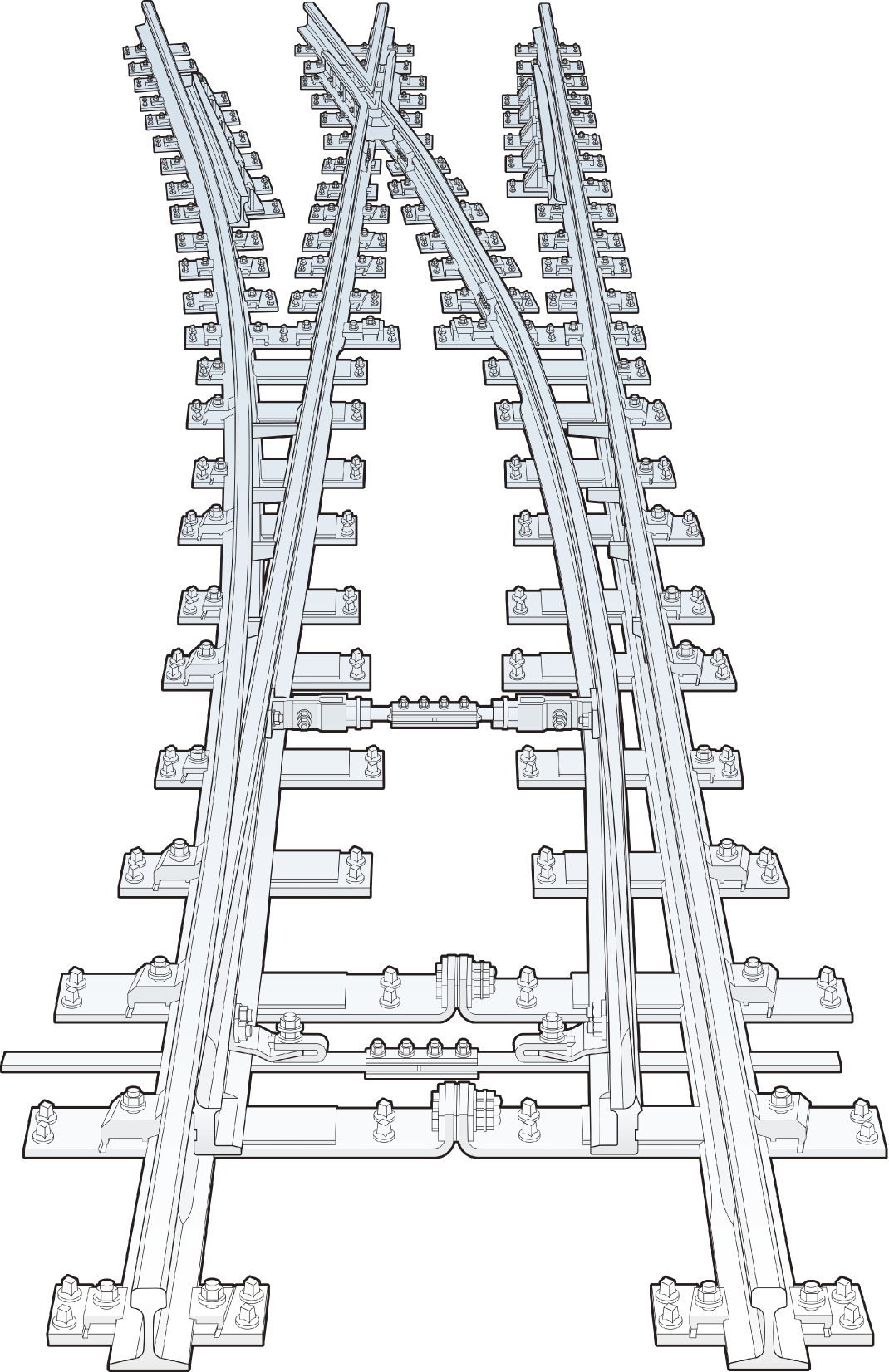Yamanaka Group
Turnouts
Structure of Turnouts
Turnouts Comprise an Enormous Number of Parts
Turnouts are made from rails and the many parts used to fasten them together.
This is why turnouts are developed and manufactured under a strict management system. The production process for turnouts can roughly be divided into development and design, processing of rails and parts, assembly, and inspection.
It is this meticulous work combined with advanced technologies that produce the high-precision products of Kanto Bunkiki.
-
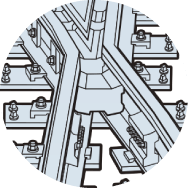
Filler
A bracket that maintains a space between rails.
-
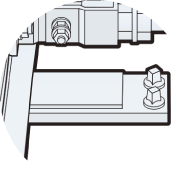
Base plate
The base rail is set in place on the base plate with a washer or rail brace. The base plate is used as a slide for the moveable tongue rail and to support the train’s load.
-
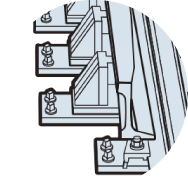
Guard rail support
This part sets in place the guard rail and main rail, and supports the train’s load.
-
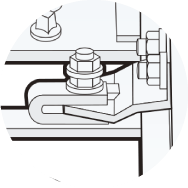
Stretcher bar bracket
A metal clip that connects the switch rod (stretcher bar) and tongue rail.
-
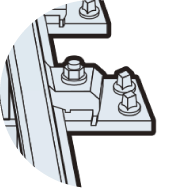
Tie plate
The rail is set in place using washers or other switch rail stops, and the tie plate is used to support the train’s load.
-
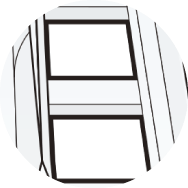
Switch rod
This part interlocks with a switch device to make the left and right tongue rails switchover, and press against the base rail.
-
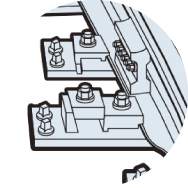
Fish plate
A switch rail stop that joins together rails.
-
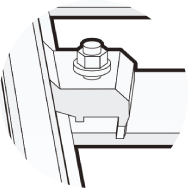
Rail brace
A switch rail stop that holds down the middle and neck sections of a rail to stop it from inverting.
-
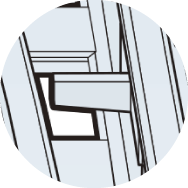
Switch rail stop
A switch rail stop that maintains a space between the tongue rail and base rail to make sure the tongue rail does not warp.
-
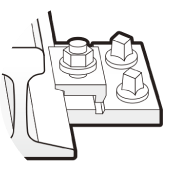
Washer
A switch rail stop that holds down the rail base.
-
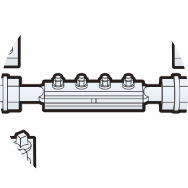
Stretcher bar
This part maintains a space between the left and right tongue rails.


